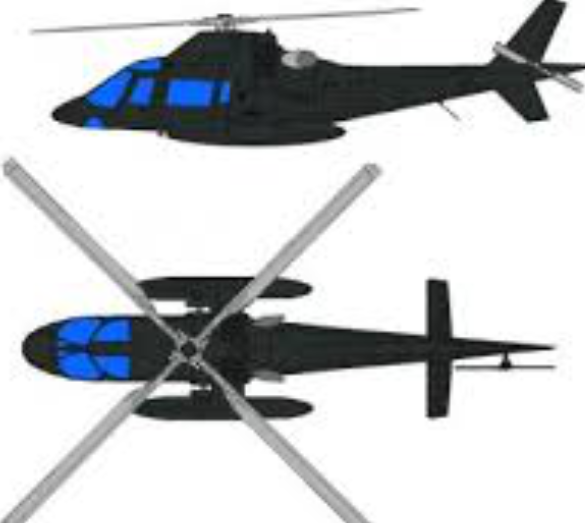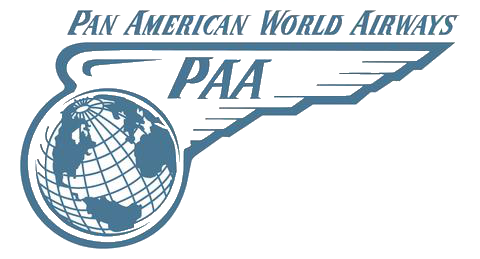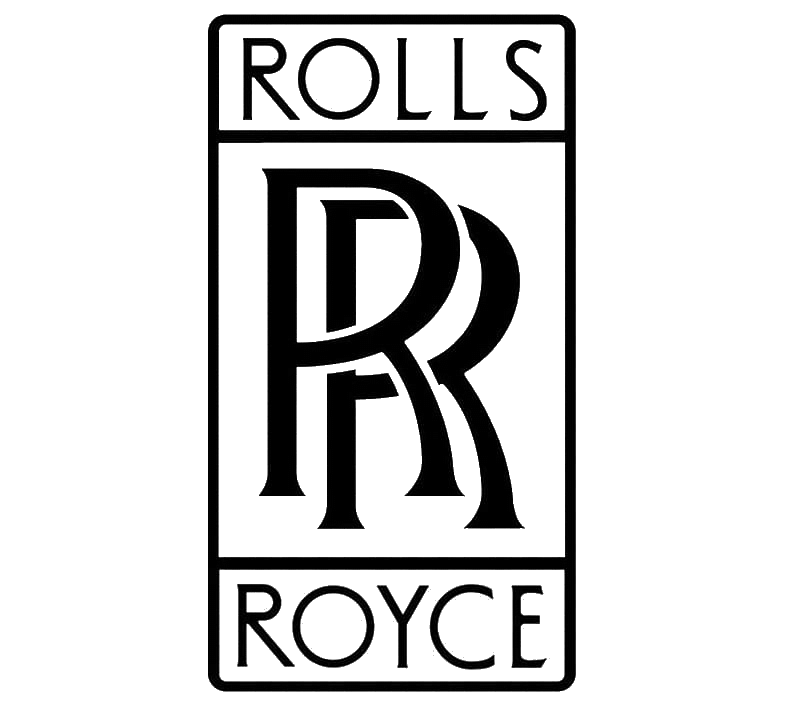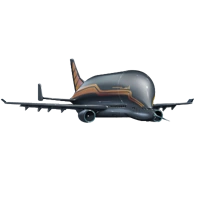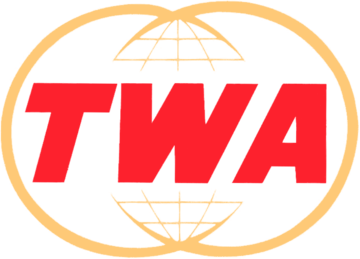AgustaWestland
AgustaWestland AW109
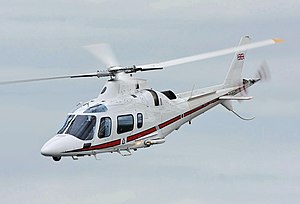 |
|
| An AW109E formerly operated by No. 32 Squadron RAF in 2012 | |
| Role | Search and rescue/utility helicopter |
|---|---|
| Manufacturer | Agusta AgustaWestland Leonardo S.p.A. |
| First flight | 4 August 1971 |
| Introduction | 1976 |
| Status | In production |
| Primary users | Italian Army Rega (Swiss Air Rescue) South African Air Force Royal New Zealand Air Force Royal Malaysian Air Force |
| Produced | 1971–present |
| Variants | AgustaWestland AW109S Grand |
| Developed into | AgustaWestland AW119 Koala |
.
History AgustaWestland (now Leonardo)
AgustaWestland AW109 Hirundo
First flight 4 August 1971
Introduction 1976
Produced 1971–present
.png)
The AgustaWestland AW109, originally the Agusta A109, is a lightweight, twin-engine, eight-seat multi-purpose helicopter designed and initially produced by the Italian rotorcraft manufacturer Agusta. It was the first all-Italian helicopter to be mass-produced. Its production has been continued by Agusta's successor companies, presently Leonardo S.p.A. (formerly AgustaWestland, merged into the new Finmeccanica since 2016
Development of the A109 commenced during the late 1960s as an indigenous rotorcraft suited to commercial operations. A twin-engine arrangement was pursued in response to market interest, while work on the civil model was prioritised over the military-orientated A109B project. On 4 August 1971, the first of three prototypes made its maiden flight. On 1 June 1975
Development


0
KmCeiling
0
KmCombat RANGE
0
Km/hAircraft Speed
0
Max Crew
Photo Gallery
AgustaWestland (now Leonardo)
AgustaWestland AW109 Hirundo
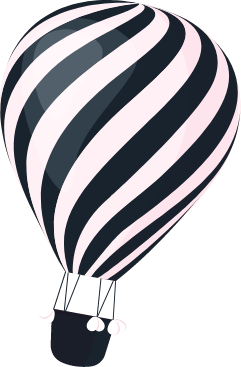
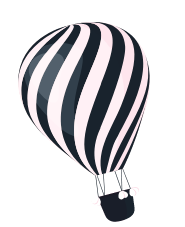
AgustaWestland (now Leonardo)
AgustaWestland AW109 Hirundo
General Info
-
-
- Crew: 1 or 2
- Capacity: 6 or 7 passengers
- Length: 11.448 m (37 ft 7 in) fuselage
- Height: 3.50 m (11 ft 6 in)
-
Powerplant
-
-
- Empty weight: 1,590 kg
- Max takeoff weight: 2,850 kg
- Powerplant: 2 × Pratt & Whitney Canada PW206C Turboshaft engine, (560 hp) each
- Main rotor diameter: 11.00 m
-
Performance
- Maximum speed: 311 km/h
- Cruise speed: 285 km/h (177 mph,
- Never exceed speed: 311 km/h
- Ferry range: 932 km (579 mi, 503 nmi)
- Rate of climb: 9.8 m/s (1,930 ft/min)
Links to Youtube & Others
The BA609 drew on experience gained from Bell's earlier experimental tiltrotor, the XV-15.[2][3] In 1996, Bell and Boeing had formed a partnership to develop a civil tiltrotor aircraft; however, in March 1998,
AgustaWestland
AgustaWestland AW109
Bell/Agusta aimed the aircraft "at the government and military markets".[77] Another key market for the AW609 has been offshore oil and gas operations,
Youtube Link
On the occasion of the Jesolo Airshow Gianfranco Cito, Head of Flight Test Department of the AW609 presents the features of Leonardo's

